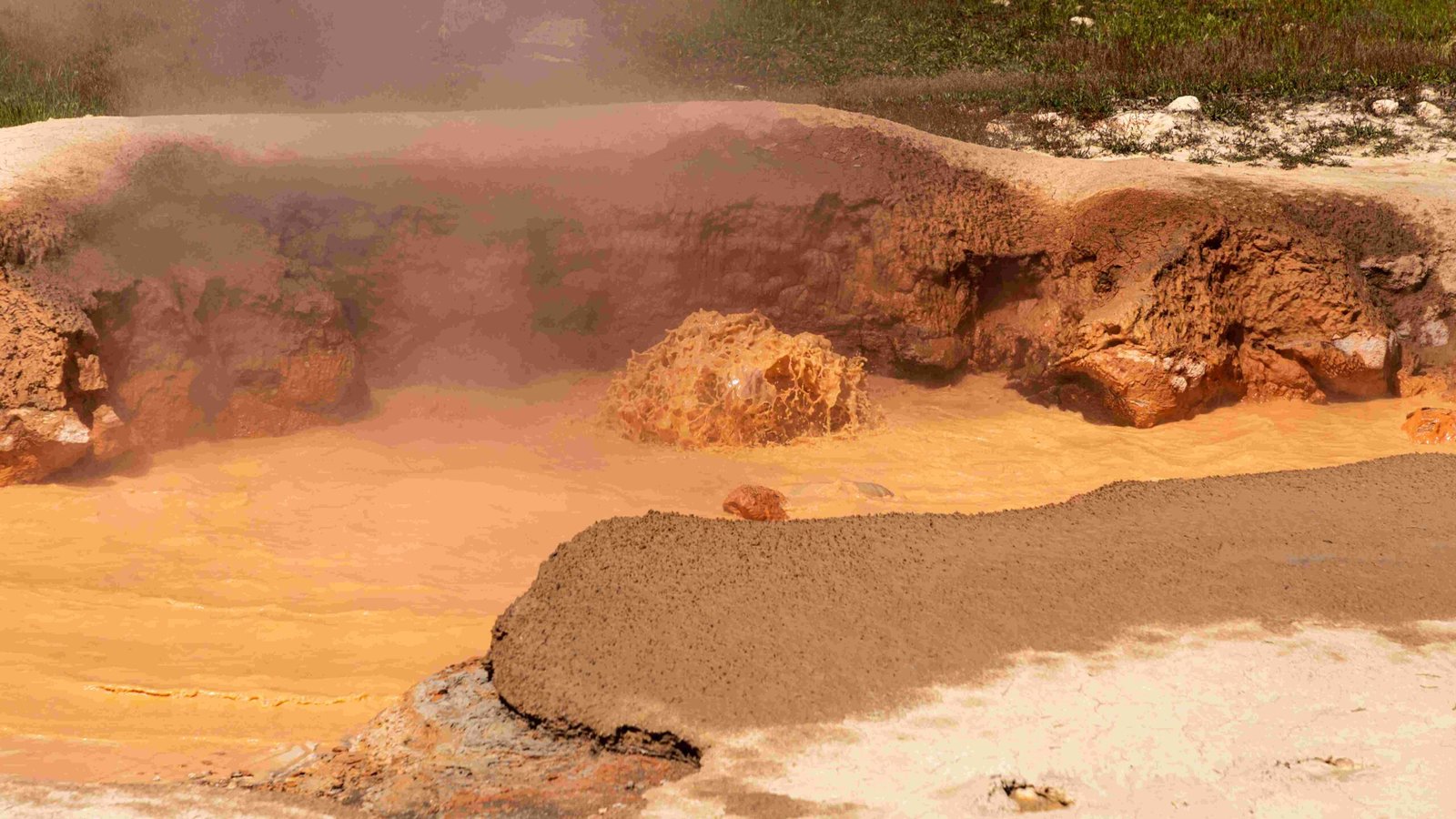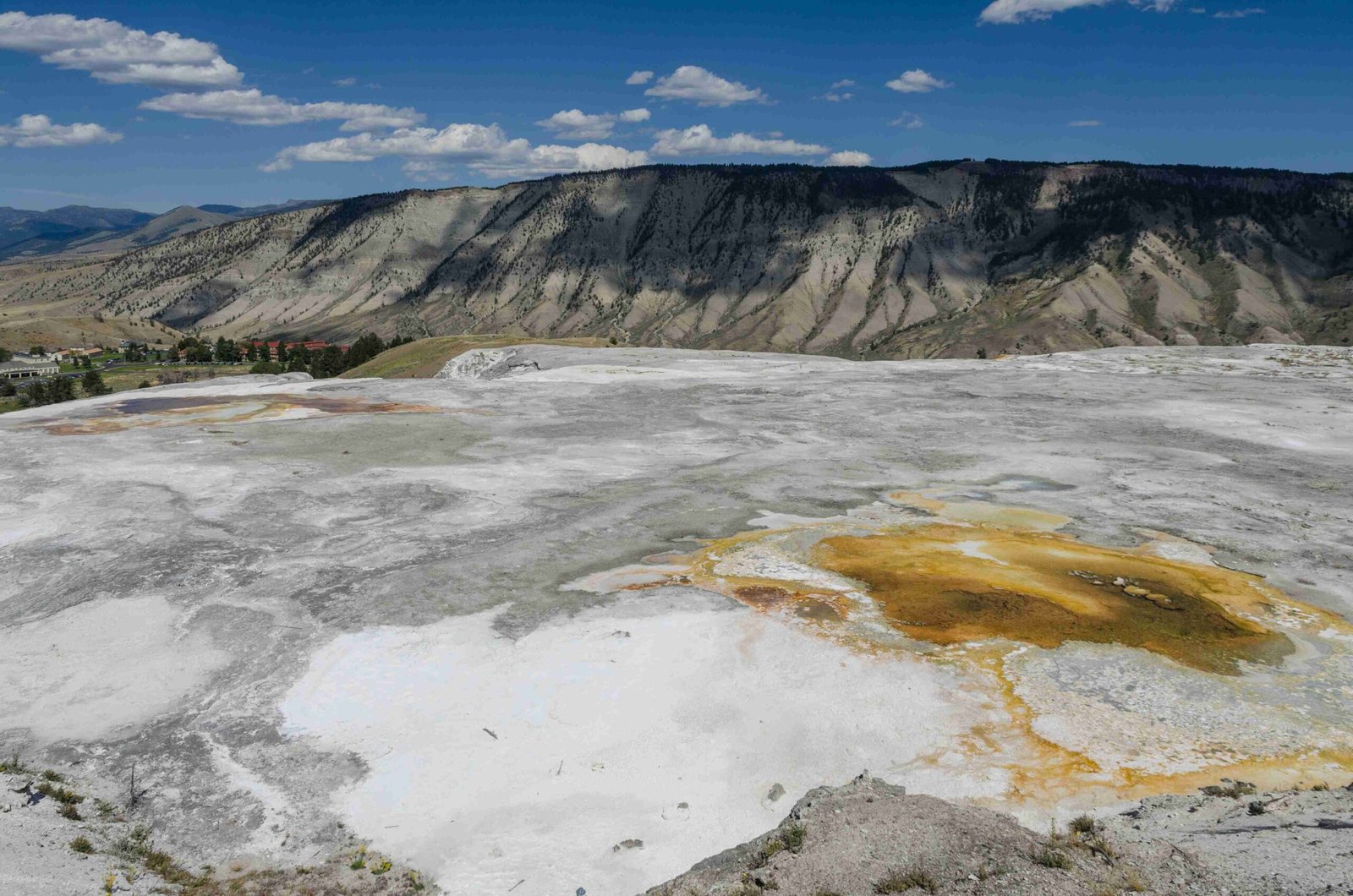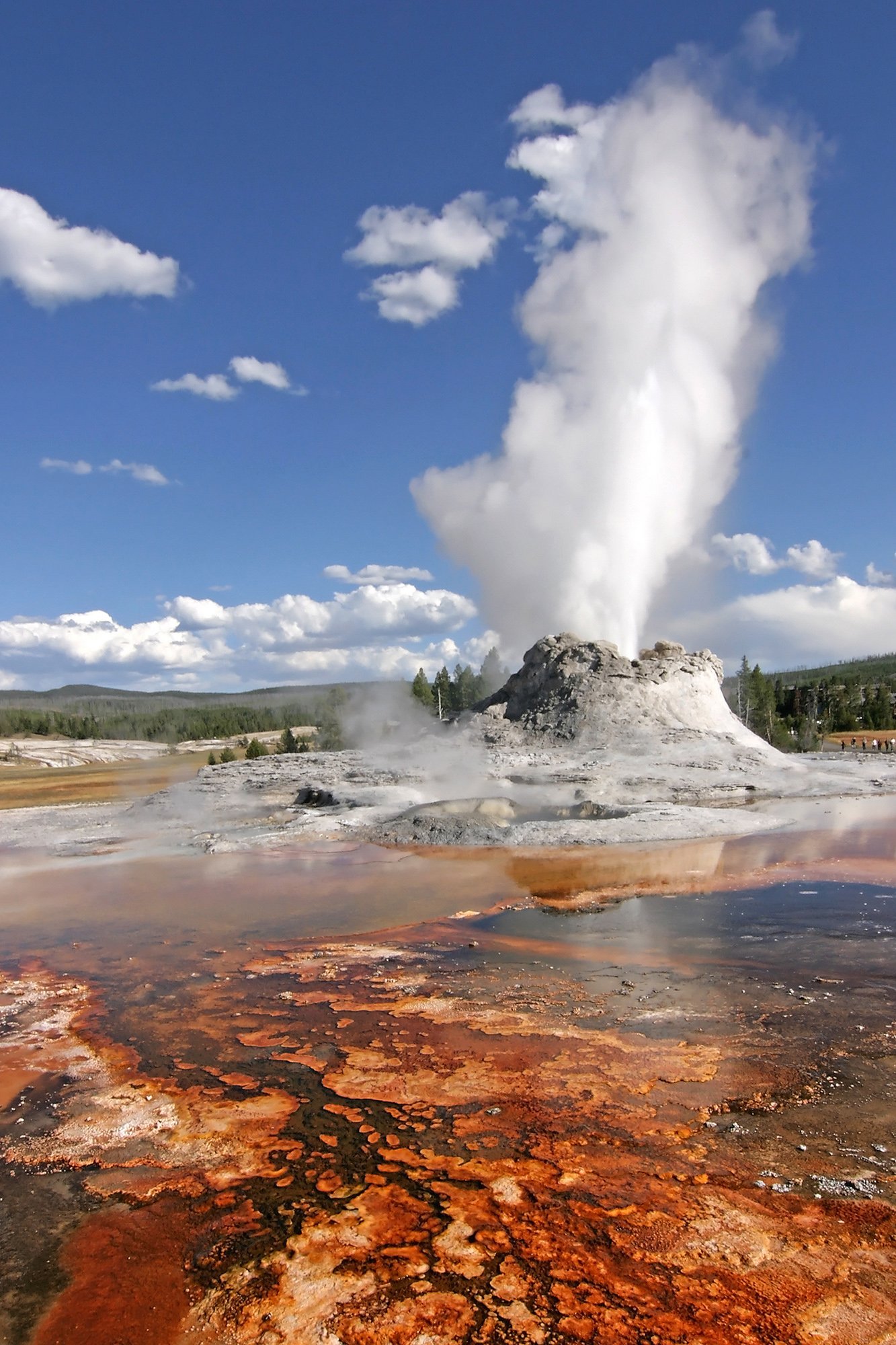Yellowstone National Park is a treasure trove of biodiversity, boasting an incredible array of plant and animal species. With over 1,000 plant species, 67 mammal species, and 285 bird species, the park is a living laboratory of ecological diversity. From iconic megafauna like bison and wolves to lesser-known endemic plants, Yellowstone’s biodiversity is both vast and unique, making it a critical area for conservation and scientific study.
What Makes Yellowstone’s Biodiversity Unique?

Yellowstone National Park’s biodiversity is characterized by its remarkable variety and ecological significance. The park’s diverse habitats, ranging from alpine meadows to geothermal areas, support a wide array of life forms. Here are some key aspects that make Yellowstone’s biodiversity stand out:
- Endemic Species: Yellowstone is home to three plant species found nowhere else in the world.
- Megafauna Concentration: The park hosts the largest concentration of mammals in the lower 48 states.
- Geothermal Ecosystems: Unique microbial communities thrive in the park’s hot springs and geysers.
- Intact Predator-Prey Systems: The presence of apex predators like wolves and grizzly bears maintains ecological balance.
How Many Species Call Yellowstone Home?

The biodiversity of Yellowstone National Park is truly impressive. Let’s break down the numbers:
| Category | Number of Species |
|---|---|
| Plants | Over 1,000 |
| Mammals | 67 |
| Birds | 285 |
| Fish | 16 |
| Reptiles | 6 |
| Amphibians | 4 |
Some notable species include:
- Bison (approximately 4,800 as of 2023)
- Wolves (about 124 in the park)
- Grizzly bears
- Elk
- Cutthroat trout
- Bald eagles
What Are the Major Ecosystems in Yellowstone?
Yellowstone’s biodiversity is supported by a variety of ecosystems:
- Forests: Dominated by lodgepole pine, these cover about 80% of the park.
- Grasslands: Home to grazing animals like bison and elk.
- Alpine and Subalpine Areas: Found at higher elevations, supporting unique plant communities.
- Aquatic Ecosystems: Including rivers, lakes, and wetlands.
- Geothermal Areas: Hosting extremophile microorganisms and specialized plants.
Each of these ecosystems contributes to the park’s overall biodiversity, providing habitats for different species and supporting complex ecological interactions.
How Does Yellowstone Protect Its Biodiversity?
Yellowstone National Park employs various strategies to protect its rich biodiversity:
- Habitat Preservation: Maintaining large, undisturbed areas for wildlife.
- Species Reintroduction: Successful programs like wolf reintroduction in 1995.
- Invasive Species Management: Efforts to control non-native plants and animals.
- Research and Monitoring: Ongoing studies to understand and protect species.
- Visitor Education: Programs to raise awareness about conservation.
These efforts have led to significant successes, such as the recovery of wolf populations and the protection of endangered species like the grizzly bear.
What Challenges Does Yellowstone’s Biodiversity Face?
Despite conservation efforts, Yellowstone’s biodiversity faces several challenges:
- Climate Change: Altering habitats and species distributions.
- Human Impact: Increased visitation and development in surrounding areas.
- Invasive Species: Threatening native plant and animal populations.
- Disease: Such as chronic wasting disease in elk and deer.
- Habitat Fragmentation: Affecting wildlife migration patterns.
Addressing these challenges requires ongoing research, adaptive management strategies, and collaboration with surrounding communities and land managers.
How Does Aquatic Biodiversity Contribute to Yellowstone’s Ecosystem?
Yellowstone’s aquatic ecosystems play a crucial role in the park’s overall biodiversity:
- Native Fish: Species like cutthroat trout are keystone species in the food web.
- Riparian Habitats: Support diverse plant and animal communities.
- Geothermal Features: Host unique microbial life forms.
However, aquatic biodiversity faces challenges from:
- Non-native fish species introduction
- Climate change impacts on water temperature and flow
- Habitat degradation in some areas
Ongoing research and conservation efforts focus on protecting these vital aquatic ecosystems and their inhabitants.
What Role Do Microorganisms Play in Yellowstone’s Biodiversity?
Often overlooked, microorganisms are a crucial component of Yellowstone’s biodiversity:
- Thermophiles: Extremophile bacteria in hot springs contribute to unique ecosystems.
- Soil Microbes: Essential for nutrient cycling and plant growth.
- Symbiotic Relationships: Many plants and animals depend on microbial partners.
Research into Yellowstone’s microbial diversity has led to important scientific discoveries, including enzymes used in DNA research.
How Does Yellowstone’s Biodiversity Impact the Greater Ecosystem?
Yellowstone’s biodiversity extends far beyond its boundaries:
- Wildlife Migration: Many species move in and out of the park seasonally.
- Watershed Protection: The park’s ecosystems contribute to water quality in surrounding areas.
- Genetic Diversity: Yellowstone’s large, protected populations serve as reservoirs of genetic diversity.
- Climate Regulation: Forests and grasslands play a role in carbon sequestration.
The park’s biodiversity is integral to the health of the entire Greater Yellowstone Ecosystem, one of the largest nearly intact temperate-zone ecosystems on Earth.
In conclusion, Yellowstone National Park’s biodiversity is a complex, interconnected system that requires ongoing protection and study. From its iconic large mammals to microscopic hot spring organisms, each species plays a vital role in this unique ecosystem. As we face challenges like climate change and increased human impact, understanding and preserving Yellowstone’s biodiversity becomes more crucial than ever for maintaining the health of this remarkable natural wonder and the broader ecosystems it supports.

